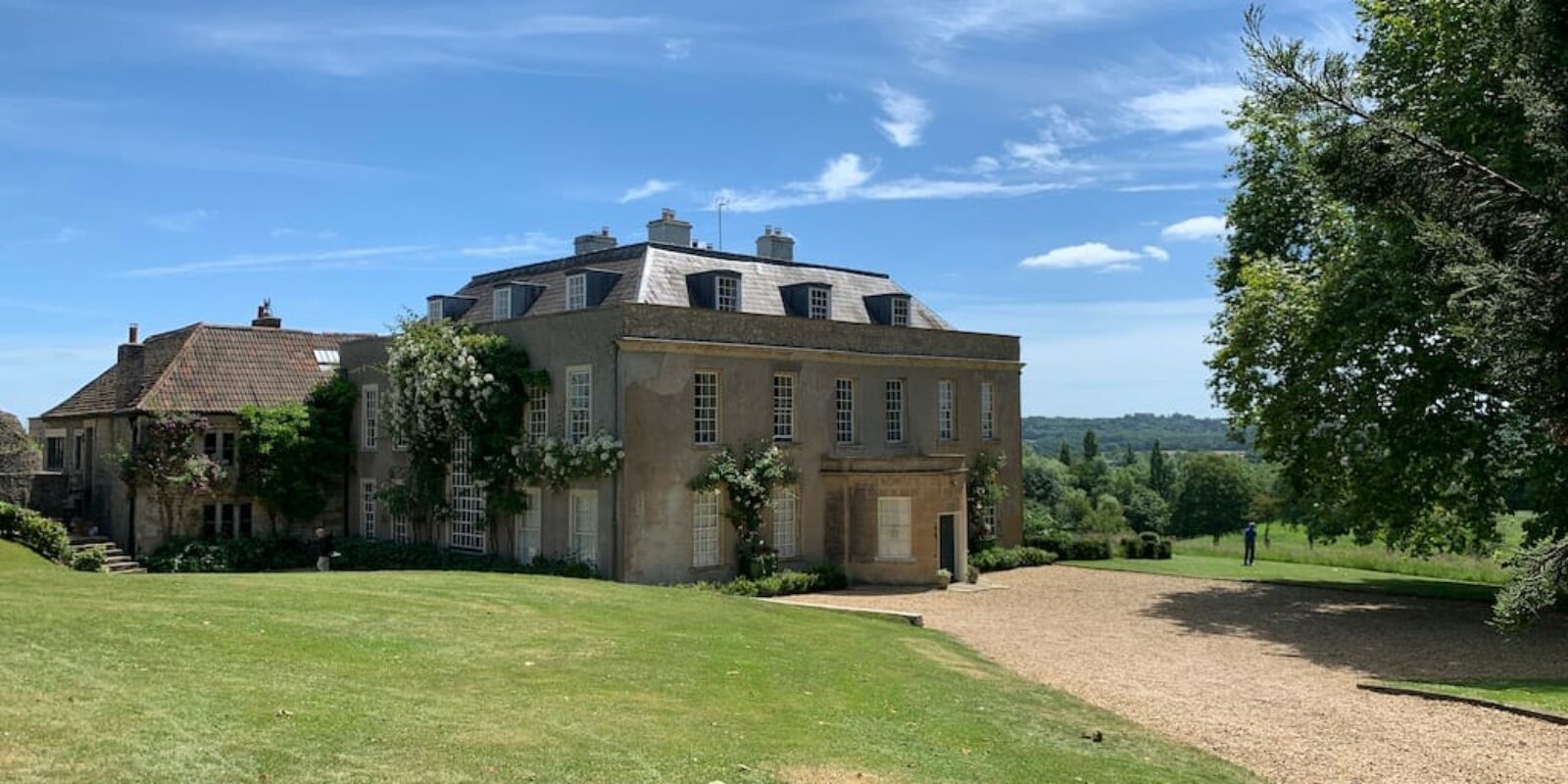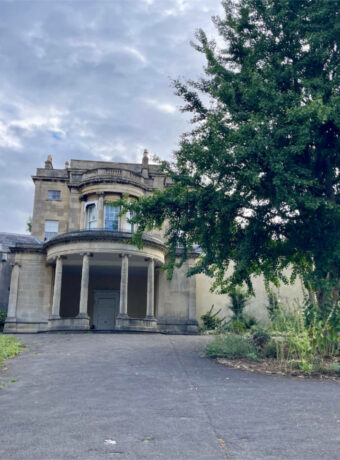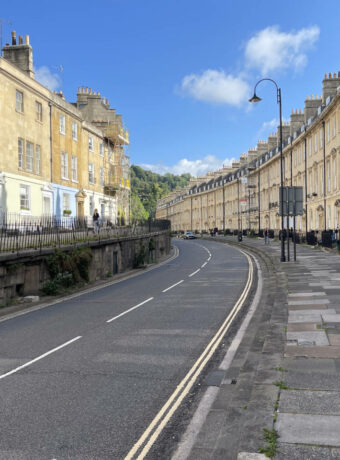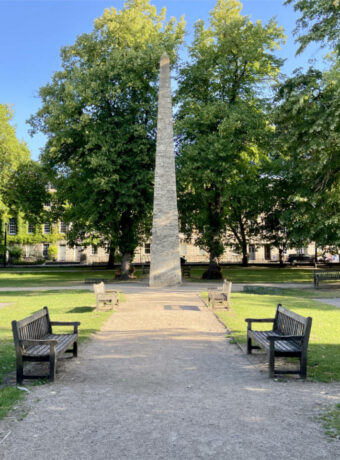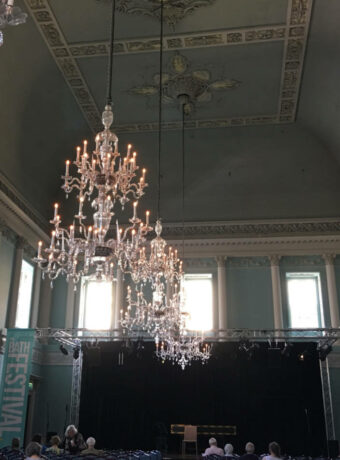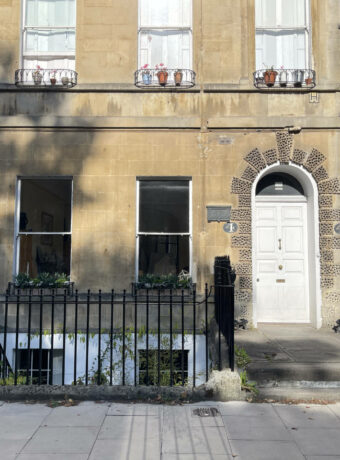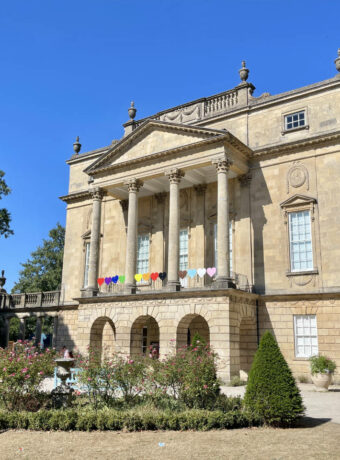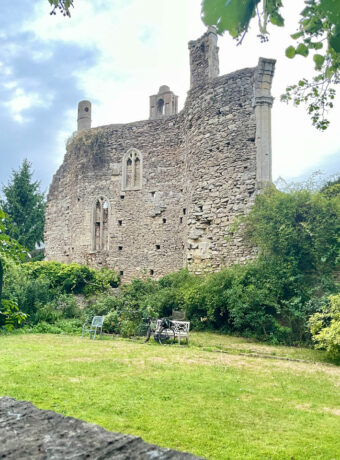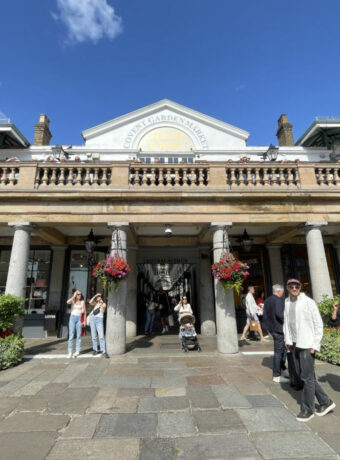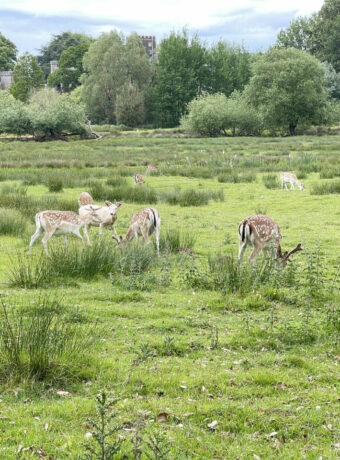All photos and images are copyright protected. Digital images and prints are available for purchase, please use the contact page or leave us a message below. All rights reserved
Standerwick Court Open Gardens. As you drive straight past one of the best fish and chip restaurants here in the South west; one that we’ve written about before, White Row Farm, you’d be forgiven if you thought you were being led straight into the heart of Somerset farmland. Yet only a little way in, if you pay close attention so you don’t miss it, there stand rather humble but still steadfast wrought iron gates. It is through these that you are led on a lovely shaded drive to Standerwick Court.
Guy Manson, current owner explained that it was the very first time they were participating in the NGS and they were pleased to be able to raise money for a local charity.

Click on the thumbnails above for a closer look
National Open Garden Scheme NGS for short, is a scheme in England where amateur gardeners open their gardens to the public for a small fee. The collected fees usually go towards a nominated charity. In a country where gardening is very much the national past time, where celebrity gardeners from Charlie Dymock to Monty Don are as beloved as celebrity chefs, NGS allows people to do more than peep over the fence at their neighbours garden and all for a good cause too. Read more about the History of NGS

Standerwick Court
Standerwick Court lies near the Somerset and Wiltshire border. Its main house, a gorgeous Queen Anne house built of the golden Bath stone is set in 76 acres of parkland.
Upon parking the car and making my way down the tree-lined drive, the house appears glowing in the sunlight. As the eye roam across the landscape shows the breath-taking view over the plains of Somerset and Wiltshire. Much of Standerwick’s acerage is left somewhat wild with grasses growing long. Once past the main house’ terrace, you come to a beautiful wrought-iron gate, not too dissimilar to the design of the NGS logo. This leads to a rose garden that lies adjacent to the pool garden.
Click on the thumbnails above for a closer look
Rose garden, Outdoor Pool
The rose garden is a riot of pink shades and wonderful scent. Especially at this opportune point in summer when roses are at their best. Many of them look like David Austen’s pink roses such as Francois Juranvilles or Debutante and as their scents waft through the heavy warm air, you are reminded once again of summer in the English country garden.
The planting of the Rose garden is rather informal. Instead of a variety of rose bushes stately and sedately grown, here they are planted among cottage garden style plants such as fox gloves and are sectioned off by trimmed buxus hedges. a few acer trees add comfort and shade to the laid back feel. The rose garden leads on to the pool terrace.
The turquoise blue water sparkling in the sunlight, a Grecian statue amongst columns and Greek inspired changing rooms and loos. On a warm summer’s day, you would be forgiven if you thought you were on a Greek island. The outdoor swimming pool is wondrously inviting on a hot day.
Past a busy courtyard that served as a refreshment and plant sales centre, we arrive at the barns. It’s easy to imagine how ‘back in the day’ this area would have been a hive of activity, with horses and other animals in their stables and barns. Perhaps a housemaid milking a cow or two, or a blacksmith putting on some horse shoes.
Italianate garden
Another gorgeous shaded entranceway leads on to the Italianate garden. Mediterranean style planting coupled with large slab path stones pebbles give a warm welcoming vibe. The focal point of this space is a bird-bath style water fountain bubbling, and over-flowing in to a small pool at the base creating the soothing musical sound of tinkling water. Several statues of dogs, hounds and cupid figurines decorate this garden. There is even a statue of a greyhound or lurcher that sits above the one of the entrances.
To the right of this second entrance to the Italianate garden lies the Ice House. A luxury in the days before modern refrigeration. Over winter, blocks of ice would be cut from rivers and lakes and these would be placed in the ice houses, packed with straw or sawdust as insulation. Kept in this way, the ice would last for several months. Although no longer in use, the ice house at Standerwick is a beautiful dome-roofed circular building which was obviously an essential to a wealthy household of its times.
The ‘haha’, Apple Tree Walk
Leaving the Italianate garden, you descend directly onto the Garden Theatre – a beautifully terraced circular seating area with a focal ‘performance stage’ – located next to the main house. In the near distance grass is left to grow with lanes mowed to help visitors navigate the estate.
This part of the garden leads up to the haha. The haha is essentially a ditch or drain-like structure that served to maintain the illusion of a continuous picturesque rolling lawn while keeping grazing lifestock out. At Standerwick the haha is not particularly deep or long compared to some others in stately homes.
Exploring to the right of the estate, leads on to the Apple Tree Walk. A canopy of trained apple trees that form an arched walkway leading to the Tennis Court Gardens. The arch is interesting in how these apple trees are trained perfectly to grow along the curves. There are a couple of older trees which seem to suggest that some in the maintenance the trees have been replaced over time. Apart from providing much needed shade on a really hot day, the trees are also bearing fruit.
Tennis Court Gardens
The walkway leads on to a stone wall with an arched doorway and another wrought iron gate – the entrance to the Tennis Court Garden. These gardens are enclosed by a high stone wall with wide borders what are sub-divided into smaller sections with yew hedges. Tall hedges partially surround the tennis courts providing shade and privacy.
There is a water feature against the far end wall in the shape of a traditional zinc water through with five spouts. The rambling rose bush trained to climb the wall provides a charming country cottage feel contrasted by grasses left to grow long. These are alternated with large square beds of mixed, but simply planting.
Walking along the farthest wall of this garden leads past the Tiki Hut towards a gorgeous Georgian greenhouse, at the far corner of this garden. The greenhouse is fronted by large architectural artichokes while inside is filled with a myriad of different plants – a grape vine, tomatoes, lupins, hollyhocks and a load of seedlings.

Click on the thumbnails above for a closer look

The Folly
Walking out of the Tennis Court Gardens through the same entrance way of the Apple Tree Walk, you arrive at a couple of different paths. Further long, the Lime Tree Avenue leads to the Folly.
The folly at Standerwick is a gorgeous mini stylised tower. It appears to be two floors tall although internally it is all one huge space. There is nothing internally to suggest that there was ever a dividing floor. The multiple openings and windows, two on each side give the inside a sense of brightness and light.
Although follies were primarily constructed for decorative viewing, it is interesting to be able to actually walk inside one. Usually they are built mainly to be admired from afar and typically over time, and with weathering they are often structurally compromised. This is not the case here.
In all Standerwick is a beautiful estate, with much to admire and appreciate. In terms of planting it is by no means awe-inspiring. By most garden standards it does seem quite plain and simple. What it does have going for it are the many interesting structures and specific separation of spaces and perhaps most enticing a slight glimpse into how the ‘other half’ live, even if only confined to the outdoors.
